Unacknowledged maker - Xikhigelo (headrest) and associated items
Scope and Content
[Source - Benathi Marufu for FHYA, 2022, using JAG materials: File contains an object identified by Nessa Leibhammer using JAG materials as a 'xikhigelo (headrest)', and its associated archive file and catalogue card.]
Metadata
Unacknowledged maker - Xikhigelo (headrest) and associated items
[ Source of title : Nessa Leibhammer using JAG materials ]
Object
Textual record
Photographic image
JAG 1987-3-93
[Source - Nessa Leibhammer for FHYA, 2015, using JAG materials: Accession number given by JAG on acquisition: 1987 indicates year of accession; 3 is the number of the specific batch in which this item was part; 93 is the item number of the object in the batch. Museum Africa accession number was 50/ ?. See page 98 of Wanless A. 1985. 'Headrests in the Africana Museum.' Part 2. Africana Notes and News, Vol. 26 No. 7 pp. 293 - 294. Pietermaritzburg, Natal: The Natal Witness.]
Creative Commons License: CC BY-NC-ND
https://creativecommons.org/licenses/by-nc-nd/4.0/
Description
[Source - Debra Pryor for FHYA, 2022, using spreadsheet created by Nessa Leibhammer for the South African Heritage Resources Information System (SAHRIS), from JAG materials in 2015: Object description: Crossbar was originally rectangular but now has a large slice missing from one quarter. Curved and decorated at the narrow ends with a row of zig-zags carved in relief.Lugs short rectangular blocks. Column is shaped like an S' lying on its side and attached to the base and cross bar by short flat bars which are decorated with incised crosshatching. Panels of crosshatching carved at the sides of the 'S' . Base is ovoid and flaring at the edges
Object form type: Headrest;
Object material type: Wood;
Technique: Carved;
Colours: Brown;
Object age: late 19th/early 20th century;
Production place: Transvaal (now Limpopo Province);
Cultural association: Transvaal Tsonga;
Place of use: Transvaal (now Limpopo Province);
Provenance: Collected at Elim, Transvaal c1930.]
Attributions and conjectures
[Source - Nessa Leibhammer for FHYA, 2017: Comments on classification: In his 'A Preliminary Survey of the Bantu Tribes of South Africa', Union of South Africa, Department of Native Affairs, Ethnological Publications, Vol. 5, Pretoria, Government Printer, (1935): 7, 70-83, national government ethnologist, Nicholas Van Warmelo did not use the term "North Nguni". He grouped people living both north and south of the Thukela, under one umbrella term, "Natal Nguni", based on linguistic affinity. His classification was adapted by the ethnology curator, Margaret Shaw, in her 1958 "System of Cataloguing Ethnographic Material in Museums" which determined that items from the region were to be classified as "Natal Nguni: Zulu and others (not differentiated)."
According to art historian, Anitra Nettleton, the classificatory system used by art galleries and museum shifted from Shaw's model to the one where "Natal Nguni" fell away and was replaced by "North/Northern Nguni" for KwaZulu-Natal and Swaziland because scholars found it difficult to distinguish items from adjacent areas, or emigrant people from those from the KZN region. Scholars working with the JAG materials used broad ethno-linguistic categories (Zulu, Xhosa, Tsonga, Shona, Sotho, Tswana) to identify the makers/users of the objects, all of which came to JAG without much by way of provenance, and identification was based on factors such as object type, materials, formal composition, style and surface patterning (emails A. Nettleton to N. Leibhammer, 25 and 28 November 2014).]
| Event Actor | Event Type | Event Date | Event Description |
|---|---|---|---|
| Five Hundred Year Archive (FHYA) | Online curation | 2022 - |
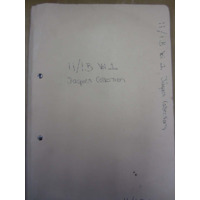
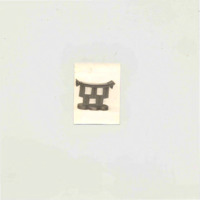

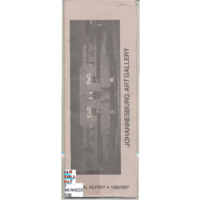
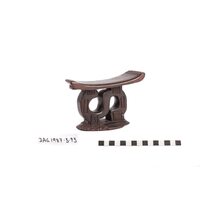
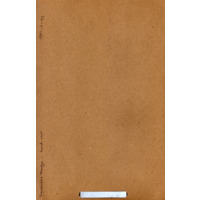
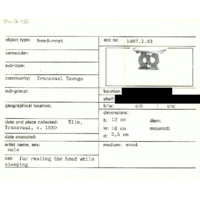
Contributions